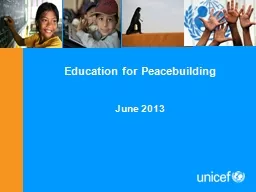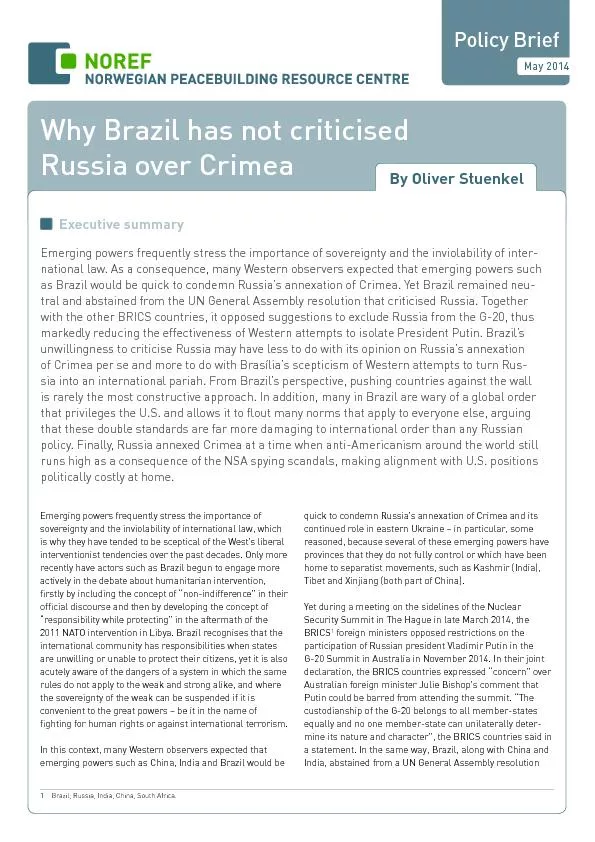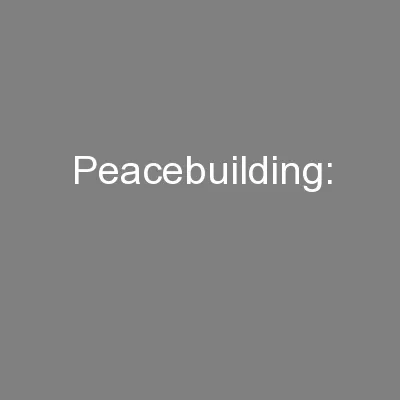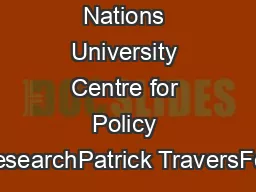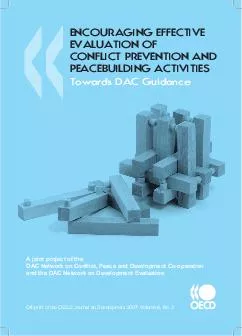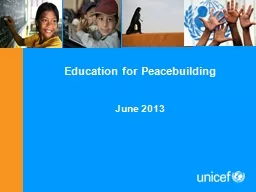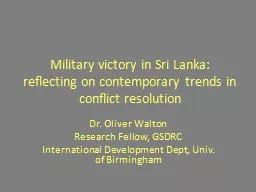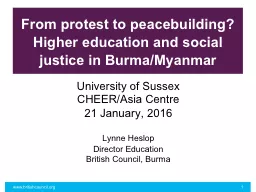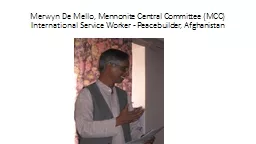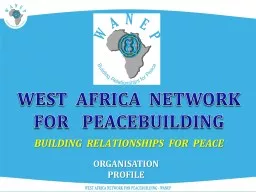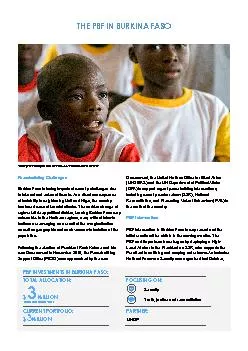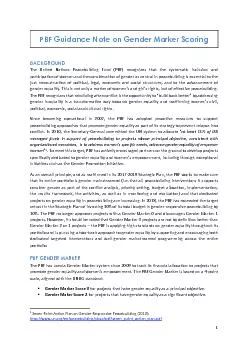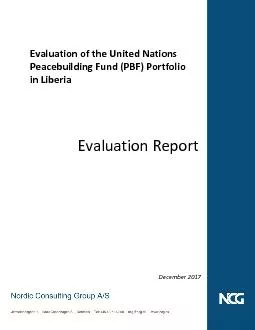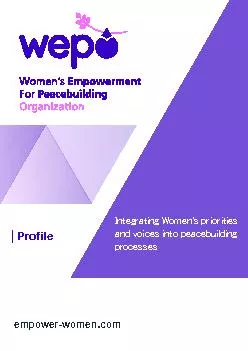PPT-Education for Peacebuilding
Author : sherrill-nordquist | Published Date : 2016-05-26
June 2013 Why should Educators be interested in peacebuilding Over 1 billion children under 18 live in areas affected by conflicts and high levels of violence
Presentation Embed Code
Download Presentation
Download Presentation The PPT/PDF document "Education for Peacebuilding" is the property of its rightful owner. Permission is granted to download and print the materials on this website for personal, non-commercial use only, and to display it on your personal computer provided you do not modify the materials and that you retain all copyright notices contained in the materials. By downloading content from our website, you accept the terms of this agreement.
Education for Peacebuilding: Transcript
Download Rules Of Document
"Education for Peacebuilding"The content belongs to its owner. You may download and print it for personal use, without modification, and keep all copyright notices. By downloading, you agree to these terms.
Related Documents

